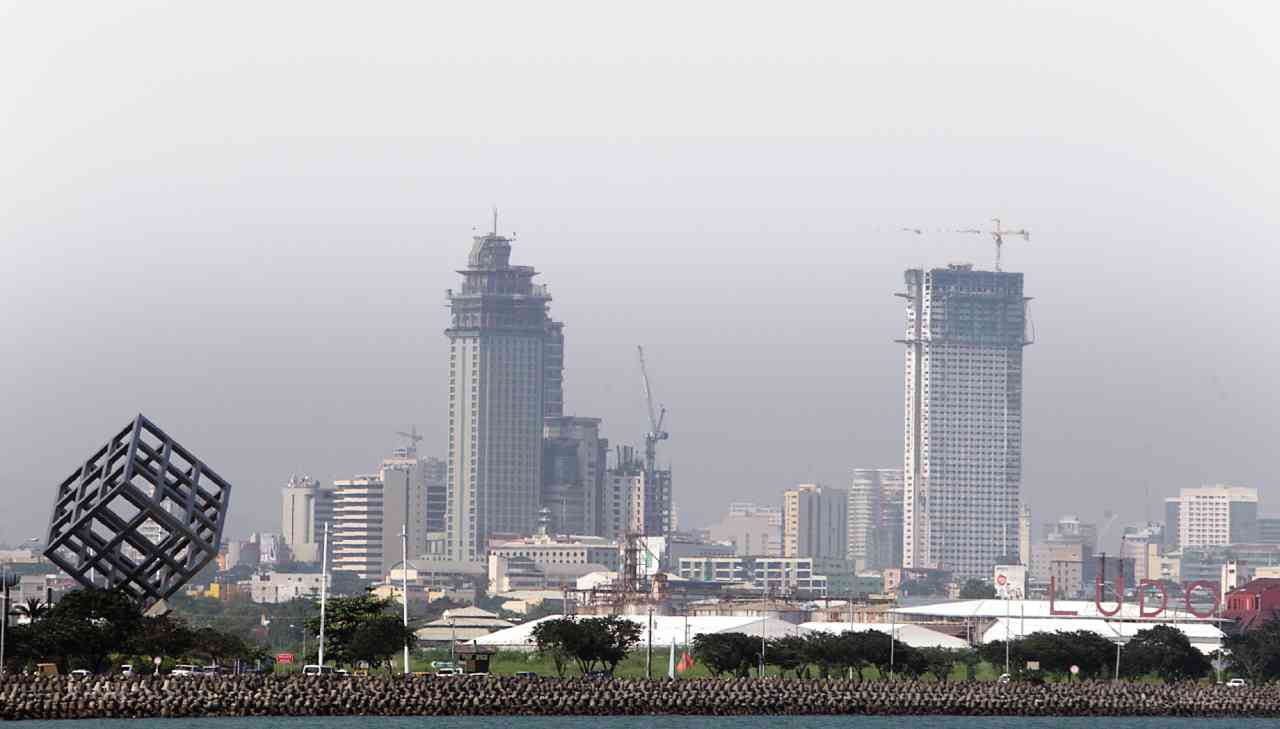Ways to Cope with the Southeast Asian Haze
11:13 PM |
| Cebu City Haze, 2015. Image Courtesy of Inquirer.net |
Called as 2015 Southeast Asian haze, is an air pollution crisis affecting several countries in Southeast Asia, including Brunei, Indonesia (especially its islands of Sumatra and Kalimantan), Malaysia, Singapore, Southern Thailand, and Vietnam, Cambodia and the Philippines.
 |
| Haze in Singapore, 2015 Image Courtesy of ibitimes |
The haze has affected Indonesia from at least late June, eventually turning into an international problem for other countries from September. It is the latest occurrence of the Southeast Asian haze, a long-term issue that occurs in varying intensity during every dry season in the region. It is caused by forest fires resulting from illegal slash-and-burn practices, principally on the Indonesian islands of Sumatra and Kalimantan, which can then spread quickly in the dry season.
 |
| Haze in Malaysia, 2015. Image Courtesy of www.elkharttruth.com |
Here in Cebu, the Philippine Island suffered 7 day haze beginning October 3rd. It was suspected, although not confirmed, that the haze was originating from Indonesian and not local sources, possibly as a result of monsoon winds blowing northeast from fires in Indonesia towards the direction of the central Philippines. As a result, some Philippine aircraft are facing difficulties landing at the Mactan–Cebu International Airport due to poor visibility.
The Philippines at first did not believe haze from Indonesia was reaching the country, but later suspected this due to the fact that the haze did not disappear within a day as per the usual haze that is particular to the region of Cebu City. Gerry Bagtasa, atmospheric scientist, however concludes that the haze in Cebu was both from Indonesia and local pollution due to several factors including effects by Typhoon Koppu, locally as Typhoon Lando, and the northeast monsoon.
By mid-October haze from Indonesia had reached Mindanao. On 20th of October, it was reported that the Philippine Atmospheric, Geophysical and Astronomical Services Administration (PAGASA) in Southern Mindanao had been monitoring the haze for days. The weather body said that haze has been visible in Davao City since 17 October. Typhoon Koppu and the northeast monsoon were linked to the haze affecting Mindanao. Haze has also been reported in the cities of Cagayan de Oro, General Santos, Iligan, Davao and Zamboanga.
With the ongoing risk of this wide haze, what should we do to protect ourselves?
 |
| Girl wearing N95 mask |
The elderly, children, and those with respiratory (asthma, COPD) and cardiovascular diseases are greatly affected and must do the following:
- Stay indoors with good ventilation
- Wear N95 masks when going outside the house
- Refrain from physical activities in heavily polluted areas.
- Exercise extreme caution when on the road to prevent accidents.
- Use headlights/fog lights.
- Stay away from low-lying areas where smoke and suspended particles may settle.
- Tune in to the radio, TV or search the internet for more health advisories.
However, it is greatly recommended to consult a doctor if the following is felt:
- Difficulty in breathing
- Cough
- Chest pain
- Increased tearing in the eyes.
- Nose or throat irritation.
With today’s danger in our environment, be cautious with your health and stay healthy.




.jpg)
.jpg)
0 comments